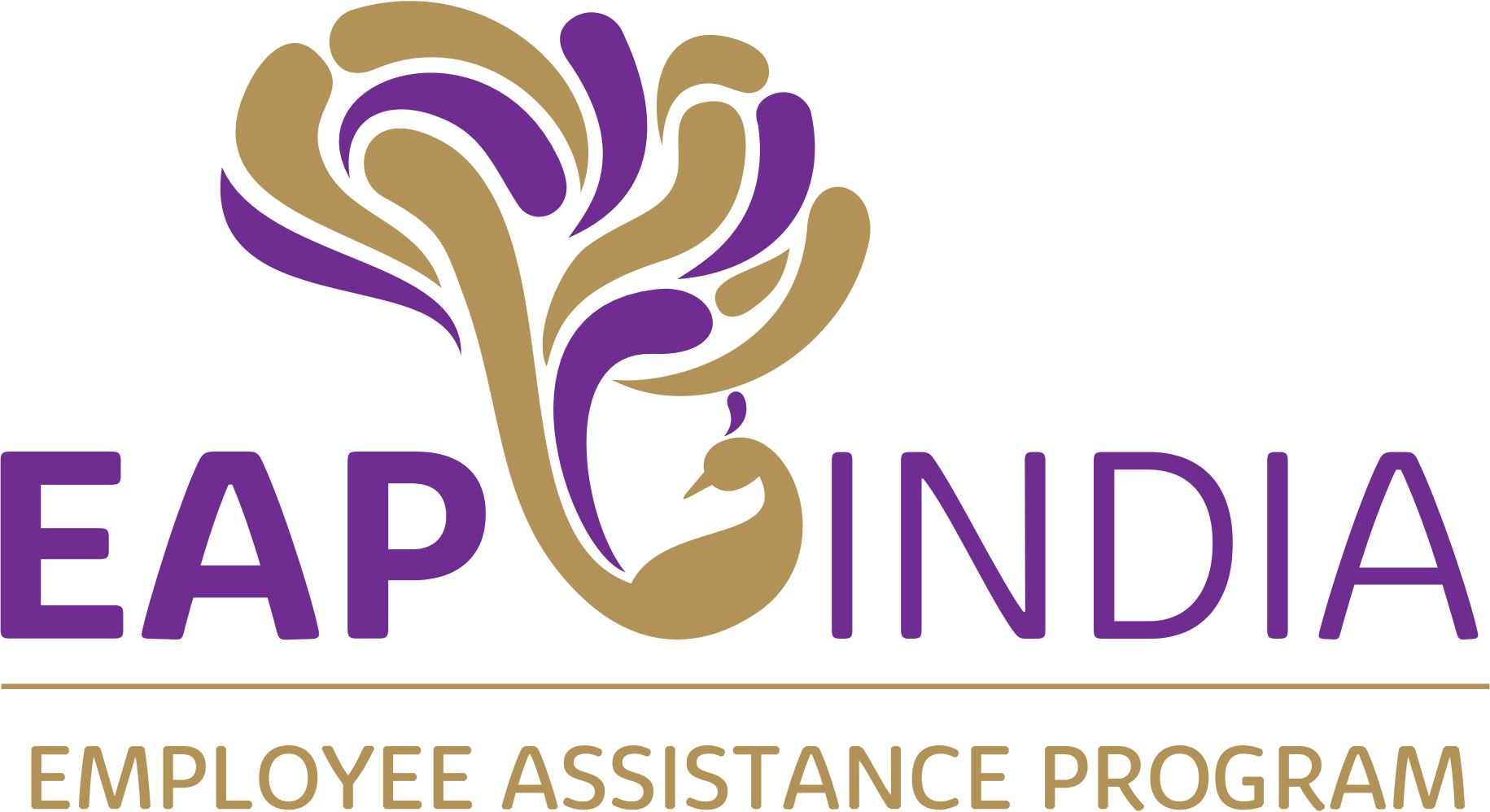In today’s fast-paced world, the lines between work and home life have become increasingly blurred. With the advancement in technology and the prevalence of remote work, individuals find themselves seamlessly transitioning between their professional responsibilities and domestic duties. This shift is especially prominent among young families, where women often juggle high-pressure careers while managing household responsibilities, and men may take on the role of house husbands, balancing work and childcare from home.
The prevalence of work-related emails, messages, and virtual meetings means that work often encroaches upon family time, even on weekends. What was once a time for relaxation and recharging now often includes late-night work sessions, social engagements, and a never-ending cycle of work and leisure.
But amidst this hustle and bustle, there’s a silent enemy lurking: fatigue. Fatigue, simply put, is a state of exhaustion that arises from prolonged mental or physical exertion, stress, sleep deprivation, or exposure to demanding environments. It’s that feeling of being tired, weary, and mentally drained, which can have serious repercussions on both our personal and professional lives.
The other definition, according to the Health Safety Executive Board: “Fatigue is a result of prolonged mental or physical exertion; it can affect people’s performance and impair their mental alertness, which leads to dangerous errors.”
The consequences of fatigue are far-reaching and impactful. From decreased motivation and longer reaction times to impaired judgment and communication breakdowns, its effects can impair our work performance and well-being. Chronic symptoms like headaches, memory problems, and muscle pain further compound the issue, making it essential to address fatigue proactively.
Fortunately, there are strategies we can employ to manage fatigue’s impact on our lives.
Prioritizing self-care is paramount. This means establishing healthy sleep habits, minimizing sleep loss, and making lifestyle adjustments to promote overall well-being. Additionally, taking breaks, practicing mindfulness, and setting boundaries between work and personal time can help alleviate the pressures that contribute to fatigue.
Self-assessment tools are valuable resources for gauging our fatigue levels and identifying areas for improvement.
Have you taken a self-assessment test to find out if you have fatigue and how severe it is? If not, the click on this link (Self Assessment Tool)and you may learn much more about your own fatigue levels.
By understanding our own biological rhythms and recognizing the cumulative effects of sleep deprivation, we can take proactive steps to address our needs and enhance our resilience.
In the pursuit of professional success, it’s crucial not to overlook our well-being. Just as we work hard to provide for ourselves and our families, we must prioritize self-care to sustain our long-term health and happiness. By fostering a culture of self-awareness and resilience, we can collectively combat workplace fatigue and cultivate a more balanced and fulfilling life.




